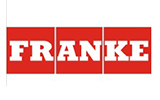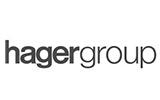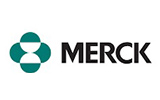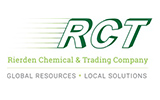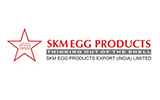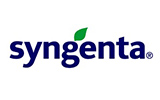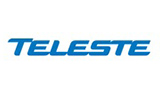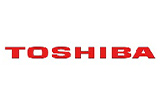
Table of Contents
1. Research Framework
1.1. Research Objective
1.2. Product Overview
1.3. Market Segmentation
2. Executive Summary
3. Vietnam Smart Kitchen Appliances Market Insights
3.1. Industry Value Chain Analysis
3.2. DROC Analysis
3.2.1. Growth Drivers
3.2.1.1. Increase in Adoption of Home Automation
3.2.1.2. Ease of Use
3.2.2. Restraints
3.2.2.1. High Cost of Products
3.2.3. Opportunities
3.2.3.1. Advancements in Application
3.2.4. Challenges
3.2.4.1. Safety Concerns
3.3. Technology Advancements / Recent Developments
3.4. Regulatory Framework
3.5. Porter's Five Forces Analysis
3.5.1. Bargaining Power of Suppliers
3.5.2. Bargaining Power of Buyers
3.5.3. Threat of New Entrants
3.5.4. Threat of Substitutes
3.5.5. Intensity of Rivalry
4. Vietnam Smart Kitchen Appliances Market Overview
4.1. Market Size & Forecast, 2019-2029
4.1.1. By Value (USD Million)
4.2. Market Share & Forecast
4.2.1. By Product Type
4.2.1.1. Smart Refrigerators
4.2.1.2. Smart Ovens
4.2.1.3. Smart Dishwashers
4.2.1.4. Smart Cooktops & Cookware
4.2.1.5. Smart Scales & Thermometers
4.2.1.6. Others
4.2.2. By Technology
4.2.2.1. Wi-Fi
4.2.2.2. Bluetooth
4.2.3. By Application
4.2.3.1. Residential
4.2.3.2. Commercial
4.2.4. By Distribution Channel
4.2.4.1. Offline
4.2.4.2. Online
5. Competitive Landscape
5.1. List of Key Players and Their Offerings
5.2. Vietnam Smart Kitchen Appliances Company Market Share Analysis, 2022
5.3. Competitive Benchmarking, By Operating Parameters
5.4. Key Strategic Developments (Mergers, Acquisitions, Partnerships, etc.)
6. Impact of Covid-19 on Vietnam Smart Kitchen Appliances Market
7. Company Profile (Company Overview, Financial Matrix, Competitive Landscape, Key Personnel, Key Competitors, Contact Address, Strategic Outlook, SWOT Analysis)
7.1. Whirlpool Corporation
7.2. LG Electronics
7.3. Samsung Electronics Co., Ltd.
7.4. Electrolux AB
7.5. Haier Group
7.6. Panasonic Corporation
7.7. BSH Hausgerate GmbH
7.8. Koninklijke Philips N.V.
7.9. Miele & Cie. KG
7.10. WINIA Electronics Co., Ltd.
7.11. Other Prominent Players
8. Key Strategic Recommendations
9. Research Methodology
9.1. Qualitative Research
9.1.1. Primary & Secondary Research
9.2. Quantitative Research
9.3. Market Breakdown & Data Triangulation
9.3.1. Secondary Research
9.3.2. Primary Research
9.4. Breakdown of Primary Research Respondents, By Region
9.5. Assumptions & Limitations
*Financial information in case of non-listed companies can be provided as per availability.
**The segmentation and the companies are subject to modifications based on in-depth secondary research for the final deliverable.




